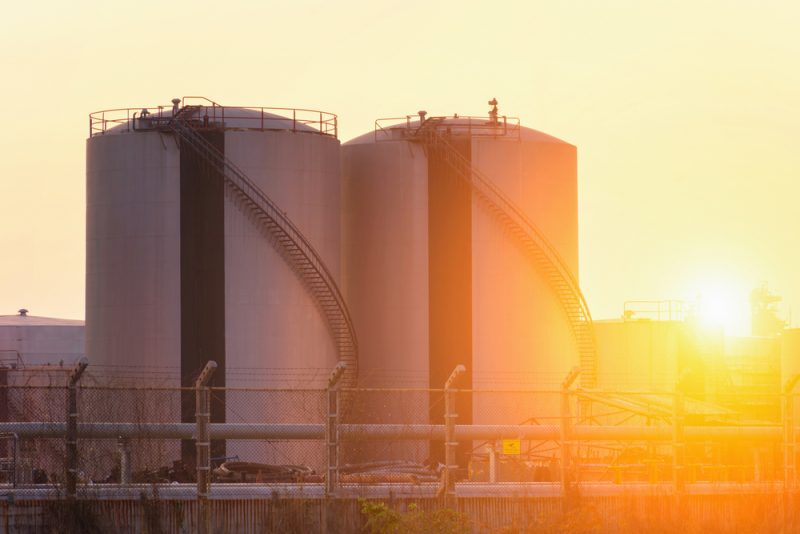Natural gas production in Appalachia region on the rise since 2012, according to EIA

Natural gas production in the Appalachia region has increased 14 billion cubic feet per day (bcf/d) since 2012, fueling an overall increase in U.S. natural gas production over that time, according to a U.S. Energy Information Administration (EIA) report released on Monday.
The Drilling Productivity Report found that overall natural gas production in Appalachia — mostly in the Marcellus and Utica shale plays — increased from 7.8 bcf/d in 2012 to 22.1 bcf/d in 2016. By October, the natural gas production in 2017 was up to 23.8 bcf/d.
“Drilling wells in the Appalachia region has become very productive,” EIA stated. “The average monthly natural gas production per rig for new wells in the Appalachia region increased by 10.8 million cubic feet per day since January 2012.”
The agency attributes the increases to advancement in horizontal drilling and hydraulic fracturing in the region. High-speed drilling, longer laterals, technological improvements, and more efficient targeting of wells have been primary drivers of increased production.
The average lateral length per well in West Virginia increased from approximately 2,500 feet in 2007 to more than 7,000 feet in 2016, EIA noted. The lateral length of some wells have extended 15,000 feet in Appalachia, and 19,000 feet in the Utica region.
Covering approximately 95,000 square miles from New York to Kentucky and Tennessee, the Marcellus shale has become the most prolific natural gas region in the Appalachian Basin. Drilling began in Pennsylvania in 2003 and later expanded to West Virginia.
The next prolific region is Utica, which covers approximately 60,000 square miles of Ohio, West Virginia, Pennsylvania and New York. It consists of two geological units, the Utica and Point Pleasant formations. Drilling began in Ohio in 2010 and recently expanded to Pennsylvania and West Virginia.
